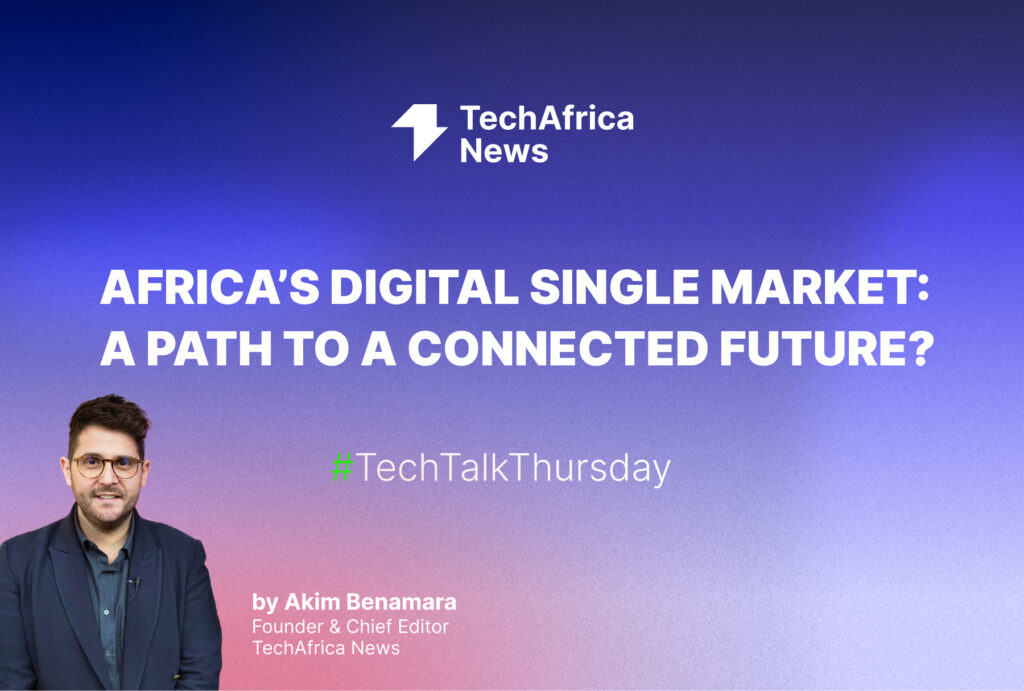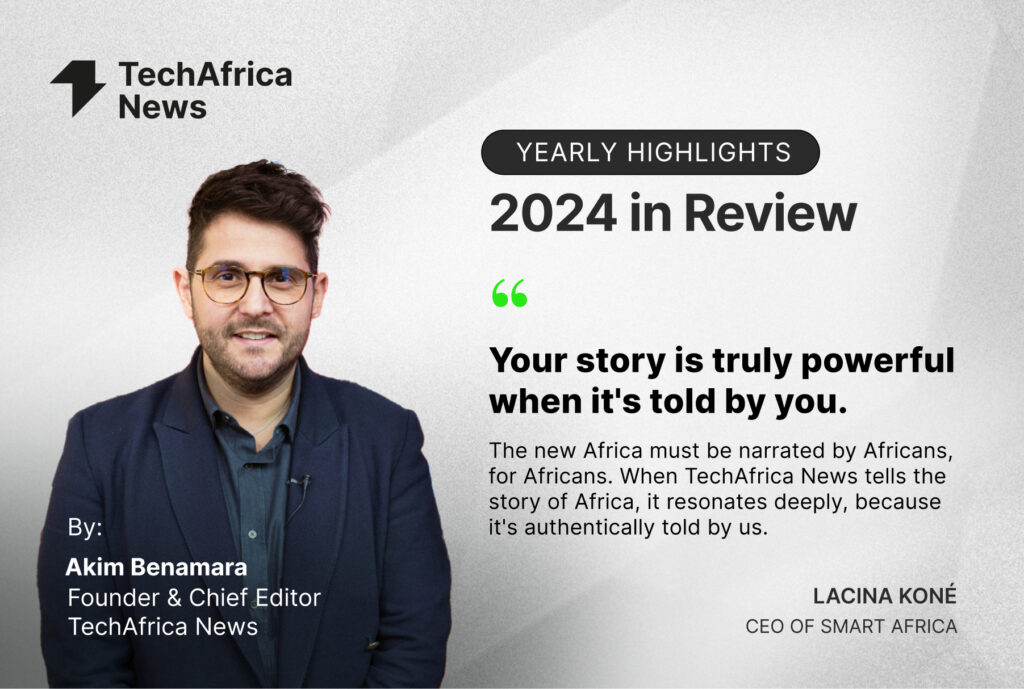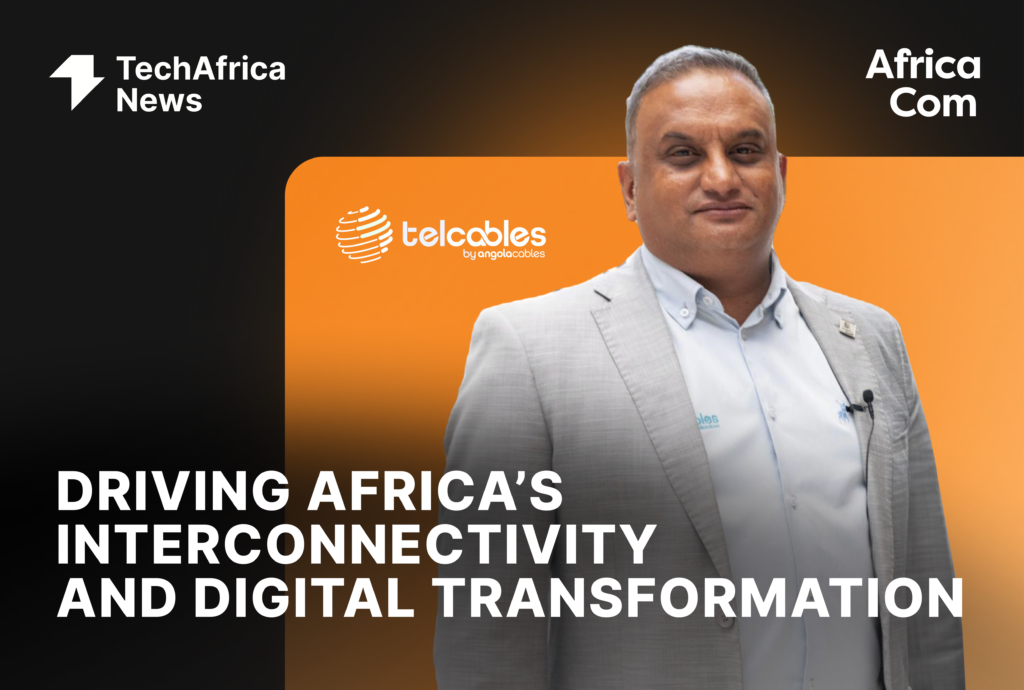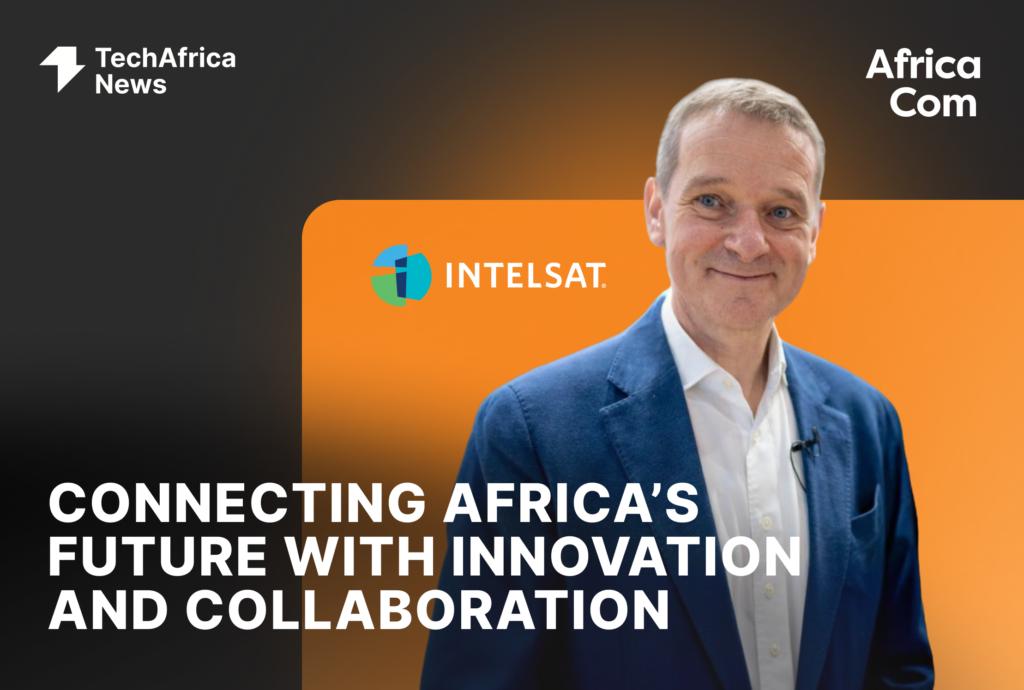How Satellite Technology Can Bridge Africa’s Connectivity Gap | Spotlight on Yahsat’s Project SKY
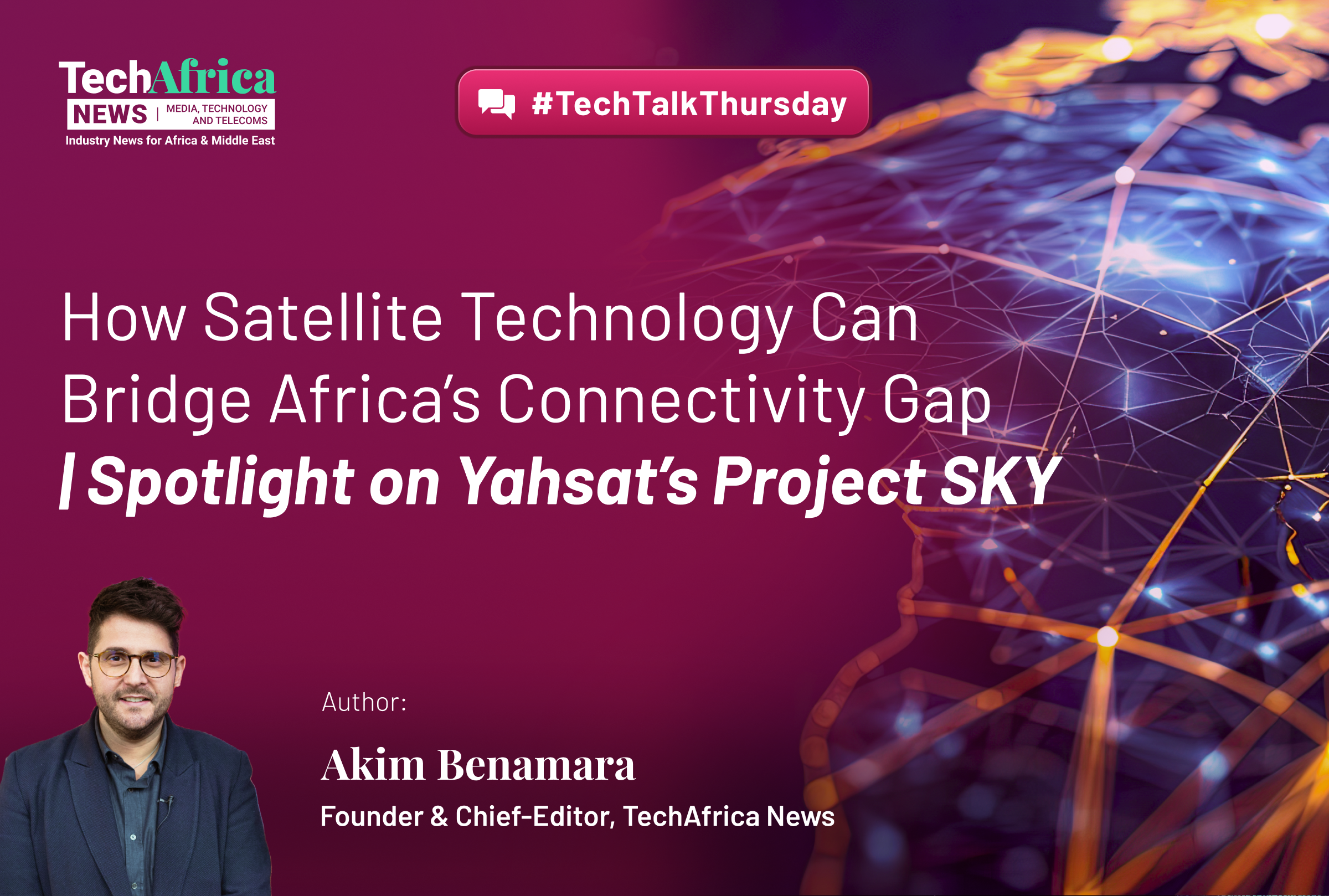
As Africa continues its digital transformation journey, the need for reliable connectivity remains a pressing challenge, particularly in remote and underserved areas. Despite the rapid growth of mobile phone penetration across the continent, vast areas remain underserved or entirely unconnected, particularly in remote and rural regions. According to the International Telecommunication Union (ITU), nearly 300 million people in Africa still lack access to reliable communication services, which inhibits their participation in the digital economy and limits access to essential services such as healthcare and education.
Traditional terrestrial infrastructure has struggled to keep up with the ever-growing demand and the challenges of building out terrestrial networks in these hard-to-reach areas are daunting. High costs of infrastructure development, coupled with geographical obstacles, have made it challenging to extend reliable connectivity. This is where satellite technology emerges as a game-changer.
The Promise of Satellite Technology
Unlike traditional methods reliant on physical installations, satellite communication can reach remote corners of the continent quickly and efficiently, allowing for broader coverage without the extensive groundwork required by terrestrial networks. This capability is crucial for Africa, where remote communities are scattered across diverse landscapes, from deserts to dense forests. Satellite connectivity ensures that even the most isolated areas can access essential services, fostering inclusion and development.
Some significant advantages of satellite technology include:
Broad Coverage: One of the primary advantages of satellite technology is its ability to provide coverage over vast geographical areas. Satellites in geostationary orbits can blanket entire continents, offering connectivity to users who might otherwise remain unconnected due to challenging terrain or low population density.
Rapid Deployment: Unlike cellular networks that require extensive ground infrastructure, satellite services can be deployed quickly. Once a satellite is launched and operational, it can begin delivering services without the need for costly ground installations. This rapid deployment is essential in emergency situations or in areas recovering from disasters.
Resilience and Reliability: Satellite communication systems are inherently robust. They are less vulnerable to natural disasters that can disrupt terrestrial networks, such as earthquakes and hurricanes. This resilience ensures that critical services, including emergency response, remain operational even in adverse conditions.
Support for Emerging Applications: As technology evolves, so do the applications for satellite communication. From IoT devices to telemedicine, satellites provide a backbone for numerous services that require seamless connectivity. This is particularly vital in agriculture, healthcare, and education, where reliable communication can transform lives and enhance productivity.
Yahsat: Transforming Lives through Satellite Technology
Among the companies harnessing the power of satellite technology is Yahsat, a notable player in the satellite solutions space. Operating from its base in the UAE, Yahsat is making strides to expand the reach of connectivity, particularly in underserved areas of Africa and the Middle East.
Yahsat’s recent initiatives, such as the Direct-2-Device (D2D) strategy, aim to enhance communication capabilities. This strategy, branded as Project SKY , project aims to revolutionize the satellite connectivity landscape by directly enabling smartphone users and Internet of Things (IoT) devices to leverage the power of SpaceTech. This effort aligns closely with the company’s mission to connect the unconnected across Africa and beyond.
At Yahsat, we are driven by a profound belief that connectivity is not just a privilege but a fundamental right for all individuals. Our overarching mission is to connect the unconnected, irrespective of geographical or socioeconomic barriers. Through strategic investments and pioneering solutions like Sky Phone, we are making significant strides towards realizing this vision. By democratizing access to communication, we are empowering communities and fostering inclusive development across Africa and beyond.
Sulaiman Al Ali, CCO, Yahsat and CEO, Thuraya
Yahsat’s Bold Vision
Yahsat’s Project SKY is a multi-faceted initiative designed to significantly enhance connectivity capabilities. The project unfolds in two phases: the first phase revolves around launching voice and messaging services leveraging Yahsat’s Geostationary Earth Orbit (GEO) satellites, namely T2, T3, and T4. The expansion into IoT and texting capabilities is set for 2025, offering new possibilities for individuals and businesses alike. Phase two, also known as Project BlueStar, aims to create a sustainable and scalable satellite network capable of providing comprehensive D2D connectivity.
Yahsat’s Skyphone: Connecting the Unconnected
A key component of Project SKY is Yahsat’s Skyphone, which has already garnered a positive reception in Africa. The Skyphone ensures connectivity in areas where traditional infrastructure is lacking, supporting the goal of connecting the unconnected. With Skyphone, users will soon be able to send SMS messages directly to satellites using standard handsets. Future initiatives like Sky SMS will enable standard handsets to send SMS to satellites, further enhancing communication capabilities in underserved regions.
Skyphone’s benefits extend beyond everyday communication; it plays a crucial role in providing critical services. During emergencies, communication can be lifesaving, especially in remote regions where traditional networks are unreliable. For instance, healthcare providers can use Skyphone to coordinate medical emergencies, ensuring timely assistance and potentially saving lives. Also, emergency responders can maintain crucial lines of communication during natural disasters or other crises, significantly improving response times and effectiveness.
At GITEX Africa 2024, I had a conversation with the CCO of Yahsat and CEO of Thuraya, Sulaiman Al Ali, who emphasized the significance of this initiative:
Direct-to-device is a major trend in the satellite industry. We have joined the Mobile Satellite Service Association to work with key players and optimize spectrum use. Yahsat’s strategy includes launching Skyphone and Sky SMS, allowing standard handsets to send SMS to satellites. Our Blue Star strategy envisions a full D2D constellation in the coming years. Skyphone, already well-received in Africa, provides connectivity even in remote or disconnected areas, ensuring users stay connected.
Sulaiman Al Ali, CCO, Yahsat and CEO, Thuraya
The impact of Yahsat’s D2D strategy goes beyond merely improving connectivity; it holds the potential to uplift entire communities by connecting individuals to educational resources, healthcare information, and economic opportunities. With D2D connectivity, more people, especially in the most remote areas, will have access to a world of services that can profoundly change their lives.
This journey towards enhanced connectivity marks not just a pivotal moment for Yahsat but also the beginning of a new chapter for global connectivity efforts, especially in Africa. By championing satellite communication over traditional infrastructure, Yahsat is leading a charge that could lead to a future where connectivity is viewed as a basic human right rather than a privilege.
A Glimpse into the Future
Yahsat’s initiatives represent a significant leap forward in the quest to bridge the digital divide. As Africa continues to struggle with disparities in connectivity, the advantages of satellite technology become increasingly clear. With companies like Yahsat leading the charge, there is hope for a more connected future where even the most remote communities can engage with the digital world. Their revolutionary strides in D2D technology are not just about providing a service; they embody a vision for an inclusive digital future, one where every voice can be heard, and every individual has equal access to opportunities. Embracing such technology may well be the key to ending the cycle of disconnection and fostering a digitally empowered Africa. By leveraging satellite technology, Yahsat is not only addressing current connectivity challenges but also paving the way for a future where every individual, regardless of location, has access to reliable communication services.


